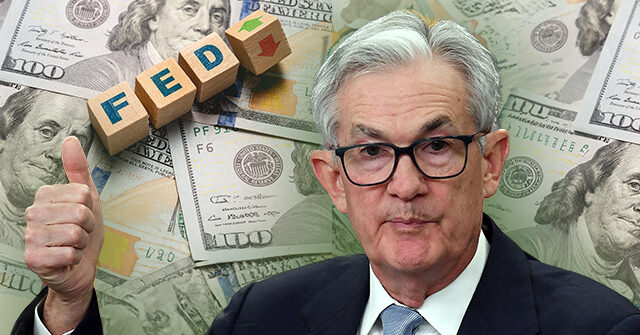During an interview with CNBC Europe on Tuesday, Minneapolis Federal Reserve Bank President Neel Kashkari stated that right now, inflation is going sideways, we need “many more months of positive inflation data” to get one to two rate cuts and government spending is “one of the factors that has contributed to the high inflation.”
Kashkari began by agreeing with Federal Reserve Chair Jerome Powell that inflation has “moved sideways.” Although, he added the last inflation reading was better than the previous months in 2024.
Later, co-host Karen Tso asked, “What is it going to take, in your view, to get us to one to two rate cuts this year?”
Kashkari responded, “Well, a lot more — many more months of positive inflation data, I think, to give me confidence that it’s appropriate to dial back. The U.S. economy has remained remarkably resilient, GDP growth has been strong, much stronger than forecast. Most people thought that we’d be in a recession toward the end of last year. That didn’t happen. Instead, we had very strong growth. U.S. consumers have remained remarkably resilient. The housing market has remained resilient. So, I’m not seeing the need to hurry and do rate cuts. I think we should take our time and get it right.”
Kashkari also stated that it’s possible that the “neutral rate, the policy stance that is the minimum level that we need to get to where we’re not stimulating or restraining the economy” has increased, and if that’s the case, “the policy would need to be even higher in order to get the inflation back down to 2%.”
Co-host Arabile Gumede then asked, “Do you think a lot of that has been hampered by how much spending government has also put in in this reopening of the economy, because that’s hampered your progress to getting inflation down?”
Kashkari answered, “It’s one of the factors that has contributed to the high inflation. I think bigger factors are more on the supply side, with the services sector shut during COVID, with Russia invading Ukraine, pushing commodity prices up, and supply chains that had been gummed up. A lot of the supply chain problems have sorted themselves out. That’s led to some of the disinflation. The question is, are we going to get all the way back down to 2% or does monetary policy need to do the rest of the work?”
He also stated that if there is meaningful weakening in the labor market, it will influence his thinking about rate cuts.
Follow Ian Hanchett on Twitter @IanHanchett
